Between 1956 and 1960, Alco built 87 RSD-15s. The biggest buyer of the RSD-15 was the Atchison, Topeka & Santa Fe RR, which bought 50 of the locomotives, all with a low short hood. Broadway Limited Imports offers its model painted in the livery of the Duluth, Missabe & Iron Range; Pennsylvania RR; Southern Pacific; and two Santa Fe schemes. It also offers a Canadian National model that represents the lone RSD-17 built and sold by Alco’s subsidiary, Montreal Locomotive Works.
The model is well detailed, from see-through steps and grills to the throttle lever molded onto the engineer’s station in the cab. The handrails measure a scale 11/2″ thick. The cab windows feature silver frames and separately applied windshield wipers. The silver printing on our black model was sharp and opaque.
The model’s plastic shell fits snugly on the cast-metal frame, though it comes off easily enough once the couplers and draft-gear boxes are removed from both ends. Inside, a five-pole can motor with two brass flywheels drives the trucks via two plastic universal driveshafts. Two wheelsets on each truck are directly driven by worm gears on the driveshafts; another set of gears transfers motion from the center wheelset to the third. The locomotive is smooth and quiet.
The printed-circuit (PC) board that controls the locomotive’s motor (and sounds) sits on top of the frame. A PC board is plugged into the eight-pin Digital Command Control (DCC) socket; upgrading the engine to DCC is as easy as replacing this board with one of the DCC decoders recommended by BLI. The DCC decoder interfaces with the on-board sound chip
to operate additional sounds and functions.
Because of the power requirements of the sound board and constant lighting, the engine didn’t move until the power got to 7 volts, at which point the locomotive emitted a hiss of releasing brakes and started to roll steadily at a scale 3.9 mph.
At 12 volts, the diesel topped out at a scale 96.1 mph, higher than the prototype locomotive’s maximum rated speed of 80 mph.
The locomotive is hefty, weighing nearly a pound. Combined with its six-axle traction, this gives the locomotive a drawbar pull of 31/2 ounces, enough to pull 49 average HO scale freight cars on straight and level track.
Though the ready-to-run locomotive uses direct current, additional functions of its built-in sound decoder can be activated with a DCMaster control module (available for $39.99 from BLI or Precision Craft Models). With this device I sounded the bell and horn, activated an air-release sound, and controlled the sound unit’s volume. It also allowed me to change configuration variables (CVs), such as the volume and activation thresholds of individual sounds, even without a DCC decoder.
The speaker is mounted vertically in the back of the long hood, and it puts out an impressive range, successfully reproducing the low tones of the air horn and the bass rumble of the diesel.
By offering the Alco RSD-15 as DCC-ready rather than DCC-equipped, Broadway Limited strikes a balance between features and price. The model makes impressive sound accessible to modelers with DC layouts.
Price: $169.99
Manufacturer:
Broadway Limited Imports
4 Signal Ave., Suite A
Ormond Beach, FL 32174
www.broadway-limited.com
Description: plastic and metal, sound-equipped, ready-to-run locomotive
Paint schemes: Atchison, Topeka & Santa Fe (low hood, blue-and-yellow or black-and-aluminum zebra stripe schemes, two road numbers each); Canadian National (high hood); Duluth, Missabe & Iron Range (high hood); Pennsylvania RR (high hood, two numbers); Southern Pacific (low hood, two numbers); undecorated (low or high hood).
All-wheel electrical pickup
Blackened RP25-contourwheels (in gauge)
Built-in multi-function sound
Detailed cab interior with painted engineer and fireman figures
Drawbar pull: 31/2 ounces
Factory-applied wire grab irons
Five-pole can motor with dual brass flywheels
Kadee magnetic knuckle couplers (correct height)
Lighted number boxes
Minimum radius: 18″
Operating signal light (road name specific)
Weight: 151/4 ounces





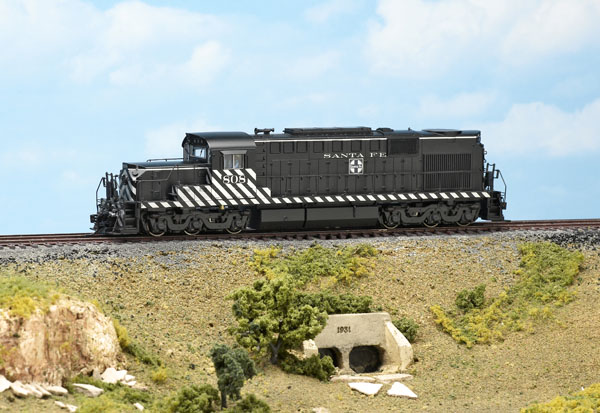
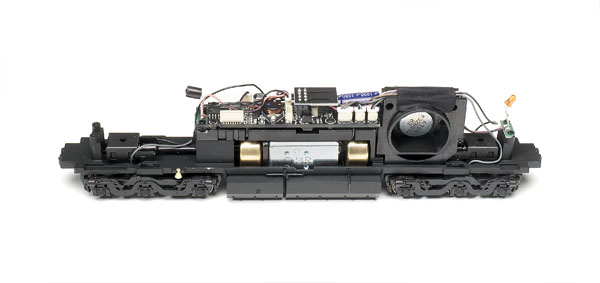
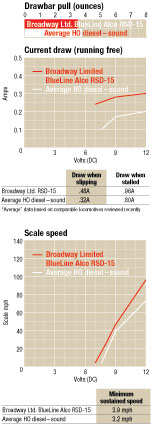


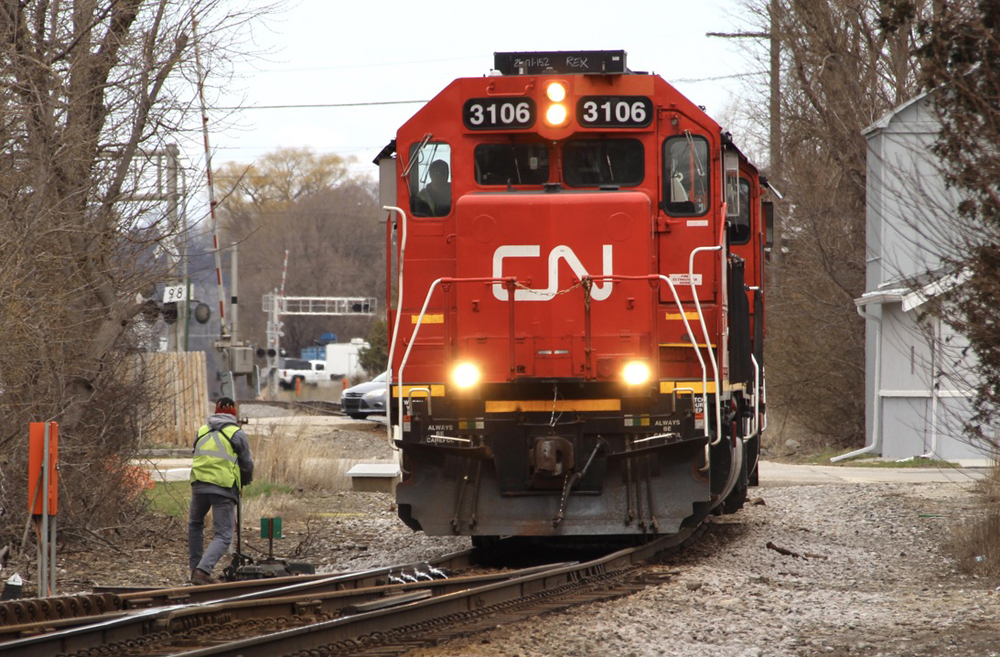
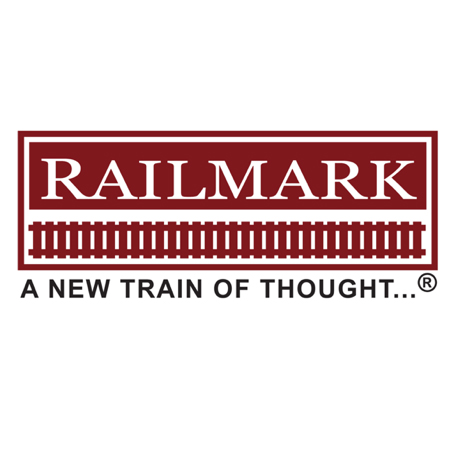
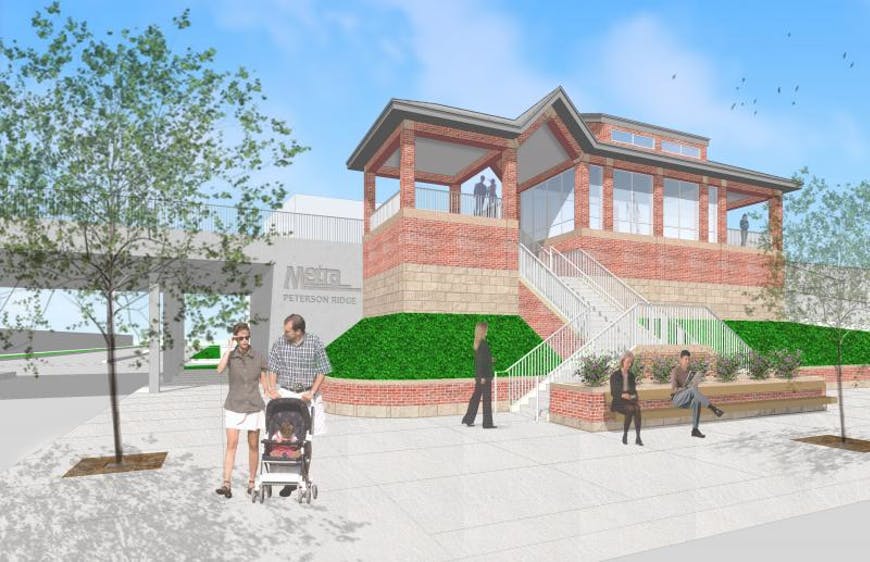




Bought a pair a couple of years ago…just got them running. I agree on the lack of Alco sound…does not compare to Soundtraxx or even Bachman Alco sounds. Horn is excellent. Am dissapointed in lack of engine run-up, then lags, etc. Engines just start and get louder as speed increases…
I bought the full DCC version. It runs and looks awsome, but I don't think the sound is very Alco. There is no Alco exhaust chug. I even viewed a Pentrex Alco's video to be sure I had the correct expectations. Sounds more like an EMD. Is the sound unit in the blue line different?
excellent sound very smooth running motor
I would love to have you!!!!!!!!!!!!!!!!11
I bought two more after the PRR #8615, the sound and power were the best ever! Changing adress on the sound unit were a little tricky, but after several tries, I succeded. (Two Blue Line)
I bought the Penn Central high hood version from BLI.
Excellant sound. This model was my first DCC model. I am converting my layout to DCC and this engine is a whole eye opening experance. You let off the brake and the engine roles down the track.
iwas taken back to my boyhood in riverside Ca. the very first time I climed aboard the real thing paint scheme and all.the model was a total accurate replica!The sound 100% the perf
ormance100% it pulled 38 cars by it self.it ran smoothly quietly
and at all speeds it was stable fluid motion!I want another!